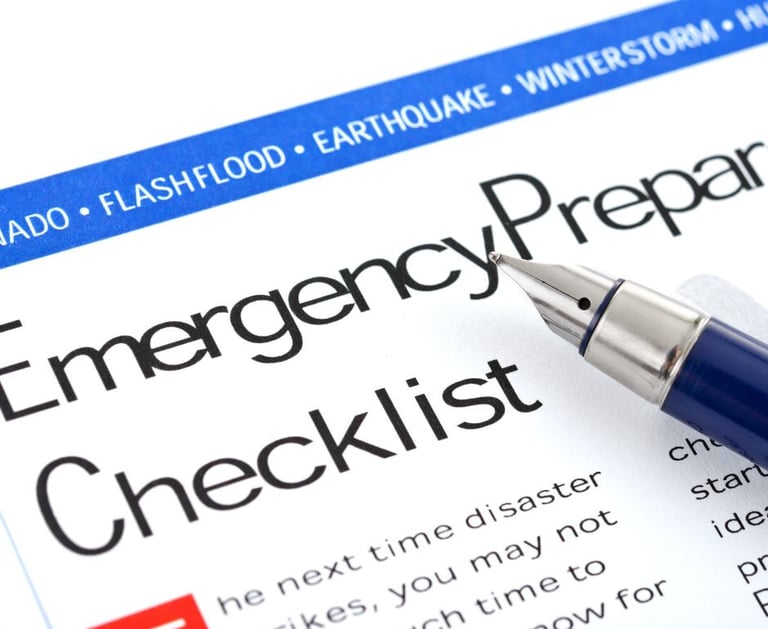Emergency Preparedness for Veterinary Hospitals


This post may have affiliate links. As an Amazon Associate, we earn from qualifying purchases from those links. This does not cost you anything and helps support the Sanctuary and all the animals in our care. This has no bearing on our reviews and comparisons. We will do our best to keep things fair and balanced to assist you in making the best decision for you and your pets.
Veterinary hospitals play a crucial role in animal care and welfare, and in times of emergency, their services become even more critical. Emergencies can occur at any time and can vary from natural disasters to man-made incidents. Therefore, it's essential that veterinary hospitals have a comprehensive emergency preparedness plan in place to ensure the safety of animals, staff, and clients. In this article, we will discuss emergency preparedness for veterinary hospitals, including FEMA best practices and a checklist to help hospitals be better prepared.
The Federal Emergency Management Agency (FEMA) provides guidance and best practices for emergency preparedness for veterinary hospitals. FEMA recommends that veterinary hospitals should:
Develop an Emergency Operations Plan (EOP): This plan should outline procedures for different emergencies and identify the roles and responsibilities of staff during an emergency. The plan should be reviewed and updated annually or as needed.
Identify Hazards and Risks: Hospitals should identify potential hazards and risks that could affect the facility, animals, and staff. This could include natural disasters such as floods, hurricanes, tornadoes, or man-made incidents such as power outages, fires, or chemical spills.
Create a Communication Plan: A communication plan should be developed to ensure that staff, clients, and emergency responders are informed about the situation and any necessary actions.
Establish Evacuation Procedures: Hospitals should have evacuation procedures in place for different scenarios. Staff should be trained on how to safely evacuate animals, and plans should include transport and shelter options.
Develop a Continuity of Operations Plan (COOP): The COOP should identify critical operations and resources that are necessary to keep the hospital functioning during an emergency. It should also outline procedures for recovery and resumption of normal operations.
While there are not many books specific to veterinary hospitals for emergency preparedness. Here are some additional resources that can help you, your hospital and team be prepared:
Handbook to Practical Disaster Preparedness for the Family, 3rd Edition
Build the Perfect Bug Out Bag: Your 72-Hour Disaster Survival Kit
In addition to the FEMA best practices, the following checklist can be used by veterinary hospitals to improve their emergency preparedness:
Identify Emergency Contact Information: Maintain a list of emergency contact information for staff, clients, and local emergency response agencies.
Prepare Emergency Supply Kits: Emergency supply kits should include essential items such as food, water, medication, and first aid supplies. These kits should be easily accessible and regularly updated.
Train Staff: All staff should receive regular training on emergency preparedness procedures and protocols.
Conduct Drills: Regular emergency drills should be conducted to practice evacuation procedures and other emergency protocols.
Review and Update Emergency Plans: Emergency plans should be reviewed and updated annually or as needed to ensure they are effective and up-to-date.
In conclusion, emergencies are unpredictable, and veterinary hospitals must be prepared to handle them effectively. By following the best practices outlined by FEMA and using the checklist provided in this article, veterinary hospitals can improve their emergency preparedness and better protect the animals, staff, and clients they serve. Remember, being prepared can make all the difference in an emergency situation.
Emergency Preparedness for Veterinary Hospitals
How to be sure your hospital is best prepared when disaster strikes.
